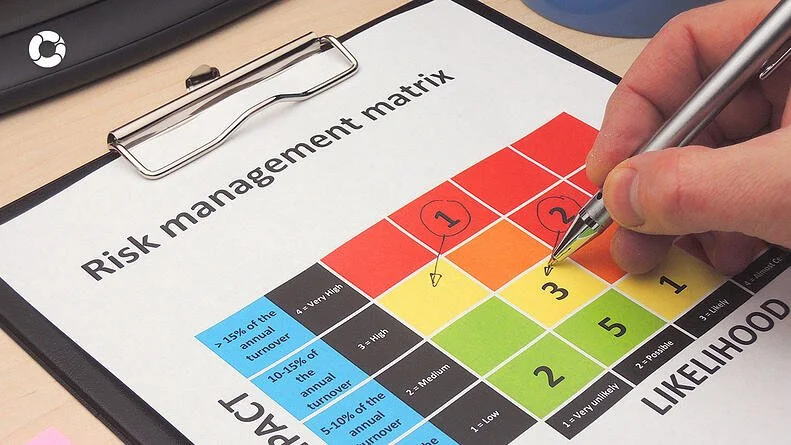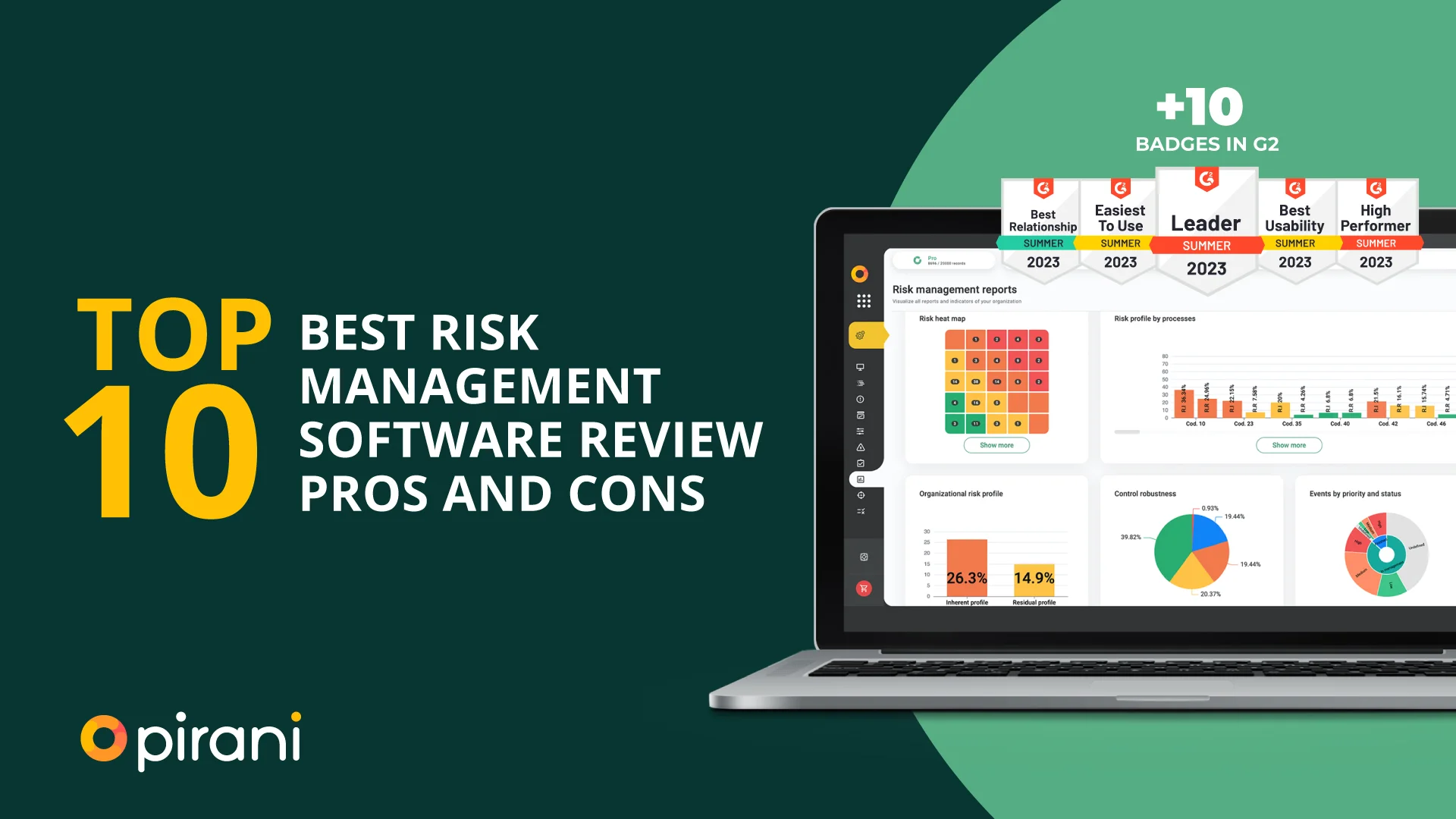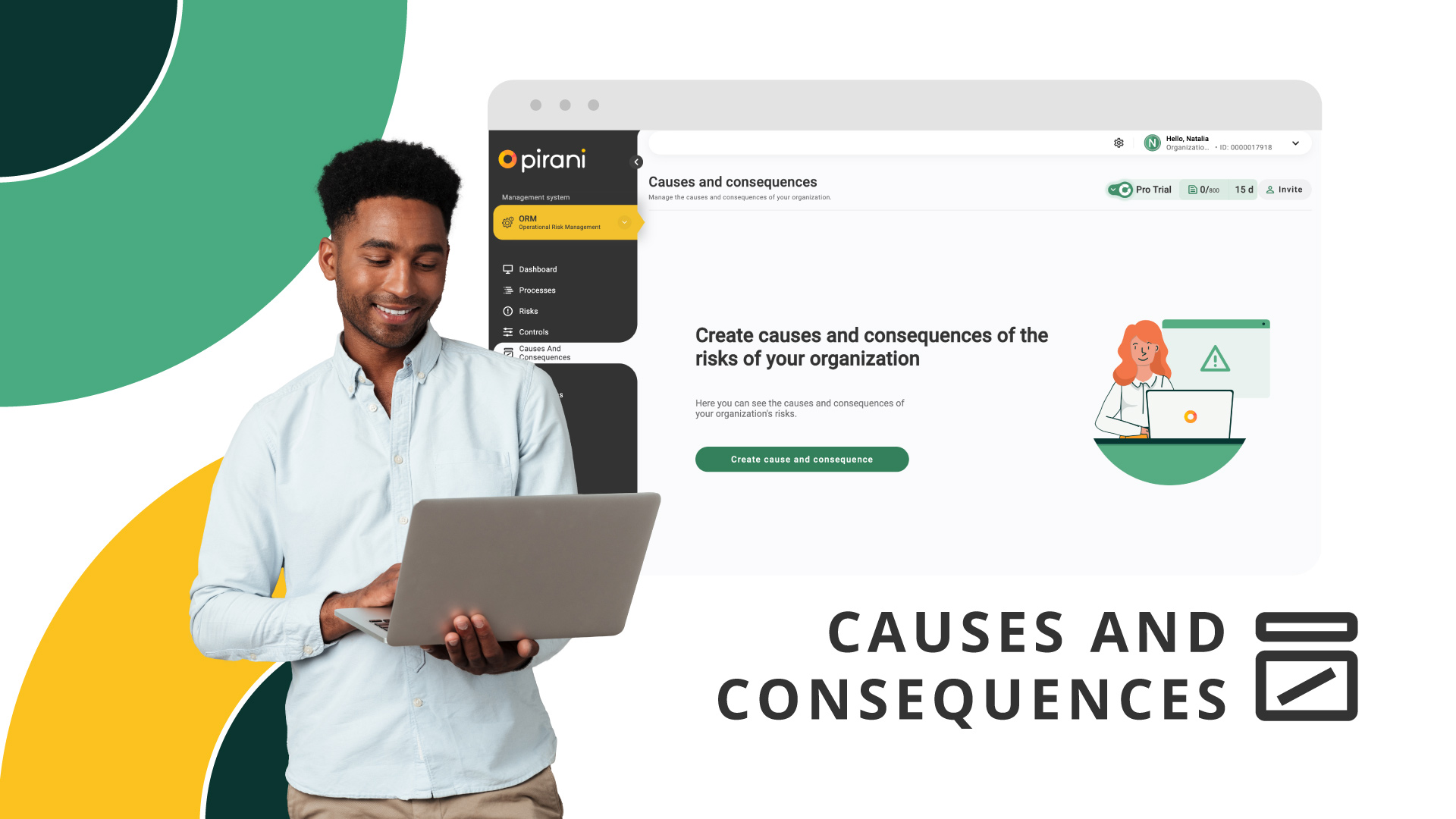5 risk analysis methods

Risk analysis methods are techniques used to assess the risks of a project or process. These methods help to make decisions that allow the implementation of preventive measures to avoid potential hazards or reduce their impact.
It is true that there is no single risk methodology. The ideal way to carry out management is to select and combine the best techniques according to the type of business or project. Therefore, when making a choice, it should be borne in mind that some of these tools are more suitable for assessing the causes of a problem, while others are more suitable for assessing the consequences.
Here are some of the most commonly used risk analysis methods for you to choose the one that best suits your organization.
1. What if
The what if analysis is a simple and easy to understand tool for any manager. It is usually used in the first phase of management when risks are just being identified. Afterwards, this method can be complemented with a deeper analysis of the risks and their causes through other additional techniques.
This risk management methodology consists of scheduling meetings between employees or collaborators with in-depth knowledge of the process being analyzed. The first meeting is scheduled for brainstorming, where questions are asked to help identify possible problems. Hence the name "what if", since each of these questions begins in this way:
- What would happen if the machinery fails?
- What would happen if there is a power outage?
In the subsequent meetings, the group of experts will find relevant answers to address the questions that were asked, seeking causes, consequences and recommendations. This is precisely one of the main advantages of the what if analysis, as it allows for a comprehensive review of a broad category of risks.
2. Preliminary risk analysis (PRA)
This risk management methodology is also part of the initial analysis. It is used to identify potential risks when the project is just beginning.
The first step in the preliminary risk analysis is to identify all the activities that are part of a project or process, trying to recognize the potential problems that may be faced in each phase.
A log table is filled in with this data. One column describes the risks identified, another lists the possible causes, the third column lists the consequences and the last column lists the risk categories, combining the frequency and severity of the risk to create a priority ranking.
The more likely a risk is and the more serious its consequences, the more attention should be given to it. Using these criteria, risks are classified as minor, moderate, serious or catastrophic.
To carry out this risk prioritization, it is convenient to use a risk matrix; and a simple way to create this matrix, which will allow you to visualize the identified risks, is through a risk management software such as Pirani.
3. Five whys
The objective of this technique is to get to the root cause of a specific problem, discarding the most immediate and superficial answers. Just like children who start asking why questions about random issues, this method of risk analysis is an inquiry that consists of asking iterative questions about a given problem.
This risk methodology should be developed in a group. First, the problem is posed. Then, the next step is the formulation of questions. Finally, based on the answers, the root cause is found.
Contrary to the name of the technique, it is not necessary to restrict the analysis to five questions. The number of questions will be determined by the complexity of the problem to be addressed.
Example of 5 whys:
Problem: Customers are complaining because deliveries are not being made on time.
- Why are deliveries being delayed? Because the merchandise is being held up in the warehouse.
- Why are the goods being held up in the warehouse? Because the trucks are late in leaving.
- Why are the trucks taking so long to leave? Because the worker is taking a long time to load them.
- Why is the worker taking so long to load them? Because one person has to load many trucks at the same time.
- Why does the worker have to load so many trucks at the same time? Because there is a lack of helpers in the warehouse.
Cause of the problem: lack of staff in the warehouse.
4. FMEA (Failure Mode and Effective Analysis)
This risk management methodology is actually an engineering technique. Initially created by NASA, it was later adopted in different fields and industries. The FMEA method consists of identifying, classifying and eliminating project or process failures before they occur.
The FMEA method starts by identifying potential failures and effects. Subsequently, a ranking of them is created. The scoring of risks is determined by taking into account three criteria:
1. Frequency.
2. Severity.
3. Detection.
With these three points, a formula is applied to establish which failures are more or less serious. The most critical risks must be dealt with before the others.
5. Checklist
This is a tool used to confirm that the preventive measures of the analysis and risk processes are being adopted.
It consists of assembling a list of all the risks that have been identified and their corresponding prevention recommendations. For each item, a box should be filled in with the tasks that have already been done and those that have not.
Checklists are a very useful method of risk analysis because they are easy to make and use. In addition, they can be used for any activity or process and facilitate decision making.
You May Also Like
These Related Stories

What is a risk map and the 3 different types?

Excel Matrix vs. Risk Management Software: Which is better?

Importance of key indicators in risk management

Learn 5 strategies to manage risk

Best Risk Management Software: Top 10 Reviews & Pros/Cons


No Comments Yet
Let us know what you think